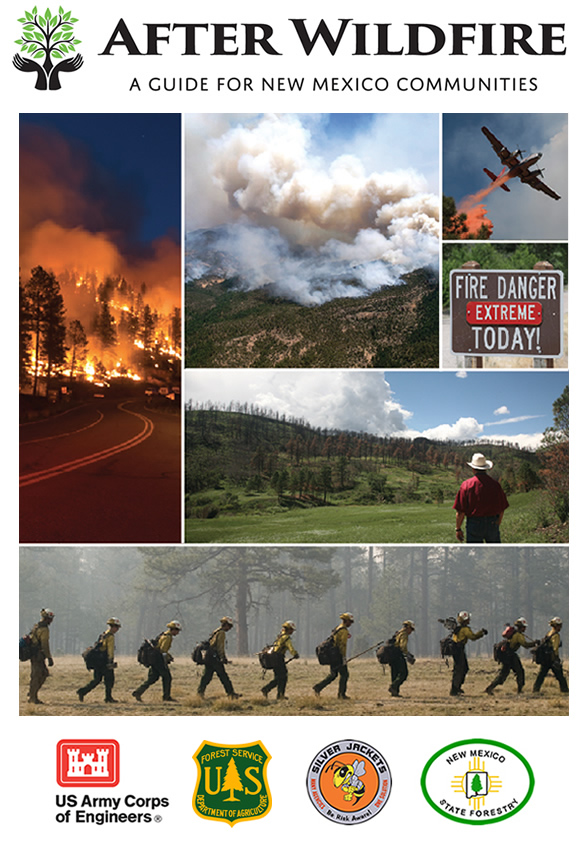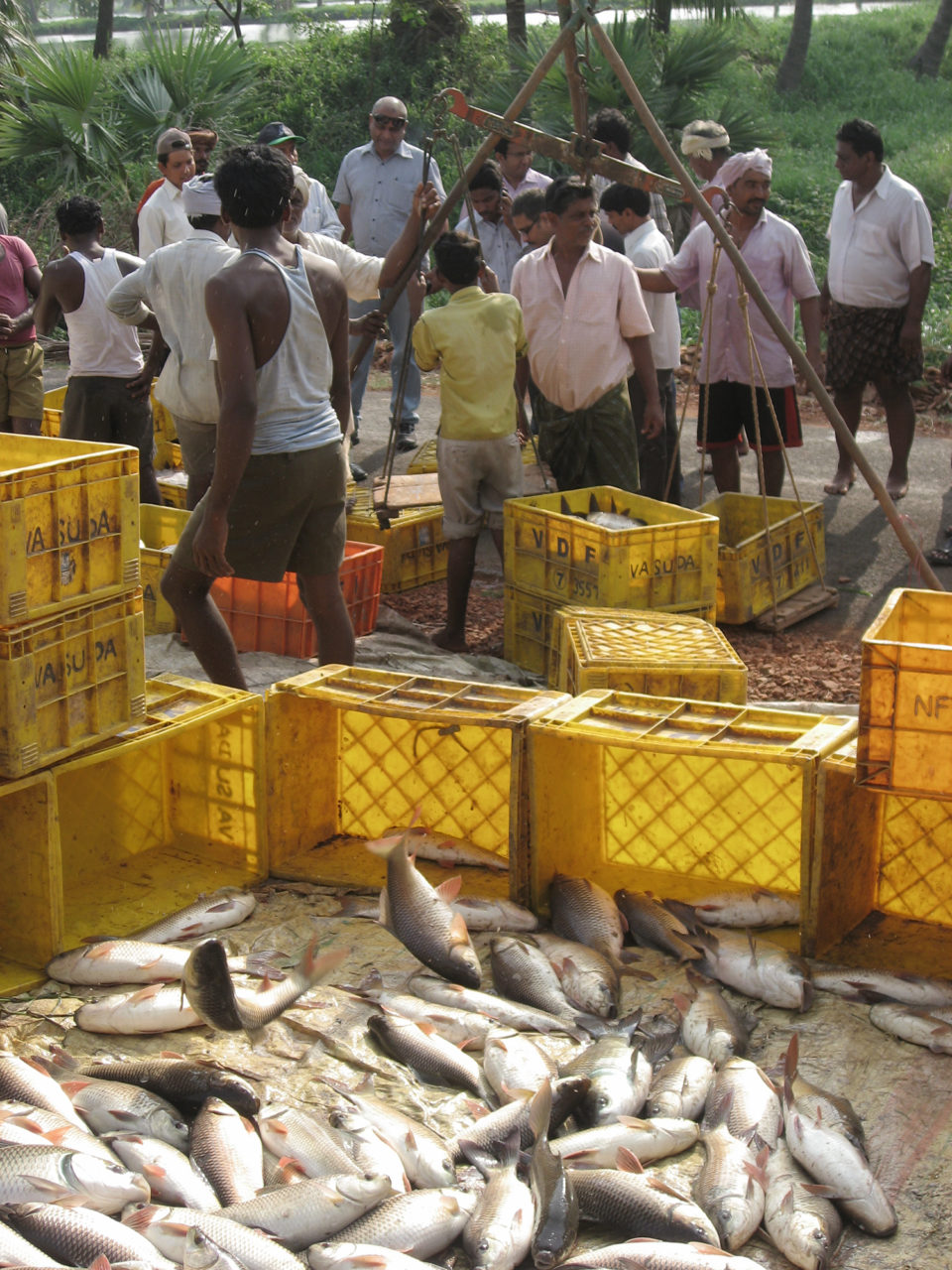Collaborative Initiative for Environmental Restoration and Sustainable Development
A multi-agency planning meeting was co-hosted by the U.S. Army Corps of Engineers (USACE), Tulsa District, and the Quapaw Nation on June 23-24. The objective was to establish a comprehensive vision and conceptual model for the ecological restoration of Quapaw Nation lands. This initiative directly addresses several United Nations Sustainable Development Goals (SDGs), including SDG 3 (Good Health and Well-being), SDG 6 (Clean Water and Sanitation), SDG 11 (Sustainable Cities and Communities), SDG 15 (Life on Land), and SDG 17 (Partnerships for the Goals).
Historical Context and Environmental Impact at the Tar Creek Superfund Site
Legacy of Mining Operations
The Quapaw Nation’s lands encompass approximately 70 percent of the Tar Creek Superfund Site, designated by the Environmental Protection Agency (EPA) in 1983. Extensive lead and zinc mining operations from the 1890s through the 1970s left a legacy of severe environmental contamination. The primary byproducts were large piles of gravel-like waste, known as “chat,” contaminated with heavy metals such as lead, zinc, and cadmium. Additionally, abandoned mine shafts filled with contaminated water, which periodically discharges into local waterways.
Impact on Sustainable Development Goals
The long-term environmental degradation presents significant challenges to sustainable development in the region:
- SDG 3 (Good Health and Well-being): The presence of heavy metals in the soil and water poses a direct threat to the health of the local population.
- SDG 6 (Clean Water and Sanitation): Runoff from abandoned mines contaminates surface water, including Beaver Creek. This contamination, which turns the creek orange, severely compromises water quality and threatens aquatic ecosystems.
- SDG 15 (Life on Land): The widespread pollution has resulted in significant land degradation, habitat destruction, and loss of biodiversity, undermining the health of terrestrial ecosystems.
Current Remediation Efforts and Progress
Quapaw Nation’s Leadership in Remediation
The Quapaw Nation, in collaboration with the EPA and the Oklahoma Department of Environmental Quality, has been actively leading remediation efforts. According to Trenton Stand, the Nation’s executive director of resource management, these efforts involve the removal of 100,000 to 200,000 tons of chat material each month, resulting in significant visual and environmental improvements over the past 14 years.
Advancing SDG 11: Sustainable Communities
The removal of hazardous chat piles is a critical step toward achieving SDG 11. By eliminating surface-level contamination, the Quapaw Nation is working to make its community lands safer, more resilient, and environmentally sustainable for current and future generations.
A Multi-Agency Framework for Comprehensive Restoration
The Planning Assistance to States (PAS) Program
The comprehensive assessment is being developed under the USACE Planning Assistance to States (PAS) program. This program enables the Corps of Engineers to provide technical and planning assistance to states and Tribal Nations for the development of water and land resources. The assistance covers a range of mission areas, including:
- Ecosystem Restoration
- Flood Risk Management
- Water Supply and Resilience
- Navigation
Embodying SDG 17: Partnerships for the Goals
The planning charette exemplified SDG 17 by bringing together a diverse coalition of partners to foster a holistic approach. The collaboration included:
- Quapaw Nation elders, scientists, and leaders
- U.S. Army Corps of Engineers (USACE)
- USACE Engineering Research and Development Center
- USACE Tribal Technical Center of Excellence
- Other Tribal Nations
- Federal, state, and university representatives
- Nonprofit organizations
This partnership is fundamental to transitioning from remediation to a complete and sustainable restoration of the land.
Vision for a Restored and Sustainable Future
Objectives of the Comprehensive Assessment
The primary goal of the assessment is to move beyond remediation by developing holistic, long-term solutions for restoration. “The goal is to bring everyone together to determine what the Quapaw Nation’s vision for restoration is and identify what processes and programs we can use to assist them,” stated Chad King, USACE project manager. The assessment will provide a foundational strategy for healing the land and addressing the community’s environmental concerns.
Aligning Restoration with Global Goals
The long-term vision is to identify and fund projects that will fully restore the ecological health of the reservation. This vision is intrinsically linked to achieving key SDGs:
- Achieve Clean Water (SDG 6): Implement projects to permanently address and mitigate contaminated water discharges into creeks and streams.
- Restore Ecosystems (SDG 15): Apply ecological restoration techniques to heal damaged land, rebuild soil health, and support the return of native biodiversity.
- Build Sustainable and Healthy Communities (SDG 11 & SDG 3): Transform a hazardous Superfund site into a safe, healthy, and restored landscape that supports the well-being of the Quapaw Nation.
SDGs Addressed in the Article
SDG 3: Good Health and Well-being
- The article discusses the contamination of land and water with heavy metals like lead, zinc, and cadmium from historical mining operations. Exposure to these substances poses significant health risks to the community, and the remediation efforts are aimed at mitigating these dangers.
SDG 6: Clean Water and Sanitation
- The article explicitly mentions the contamination of creeks and streams. It describes how abandoned mine shafts fill with water, which then rises to the surface, contaminating waterways. The example of Beaver Creek turning orange due to oxidized heavy metals highlights a severe water quality issue that threatens local ecosystems.
SDG 12: Responsible Consumption and Production
- The core problem stems from the environmental legacy of past production patterns, specifically lead and zinc mining from the 1890s to the 1970s. The article details the waste material (“chat”) left behind, which was not managed in an environmentally sound manner, leading to the current Superfund site. The remediation efforts address the lifecycle of these waste materials.
SDG 15: Life on Land
- The central theme of the article is the restoration of the Quapaw Nation’s lands. The land has been severely degraded by mining waste, with chat piles covering the landscape and heavy metals contaminating the soil. The entire project, from chat removal to developing a “holistic approach to provide solutions,” is focused on restoring the terrestrial ecosystem.
SDG 17: Partnerships for the Goals
- The article is built around the collaborative effort between various entities. It highlights a “multi-faceted, multi-government, and multiagency planning and visioning meeting” co-hosted by the U.S. Army Corps of Engineers (USACE) and the Quapaw Nation. This partnership also includes the Environmental Protection Agency (EPA), the Oklahoma Department of Environmental Quality, universities, and non-profit organizations, all working together to achieve the restoration goals.
Specific SDG Targets Identified
Targets under SDG 3: Good Health and Well-being
- Target 3.9: By 2030, substantially reduce the number of deaths and illnesses from hazardous chemicals and air, water and soil pollution and contamination. The removal of chat piles contaminated with lead, zinc, and cadmium directly contributes to this target by reducing community exposure to hazardous materials.
Targets under SDG 6: Clean Water and Sanitation
- Target 6.3: By 2020, improve water quality by reducing pollution, eliminating dumping and minimizing release of hazardous chemicals and materials. The efforts to address surface level discharges from mines into Beaver Creek are a direct attempt to achieve this target.
- Target 6.5: By 2030, implement integrated water resources management at all levels, including through transboundary cooperation as appropriate. The comprehensive assessment under the USACE Planning Assistance to States program, which involves multiple agencies and covers water resources, is an example of implementing integrated management.
- Target 6.6: By 2020, protect and restore water-related ecosystems, including mountains, forests, wetlands, rivers, aquifers and lakes. The project’s goal to address the contamination of Beaver Creek and restore the land aims to heal the threatened ecosystems within and downstream of the Quapaw Nation.
Targets under SDG 12: Responsible Consumption and Production
- Target 12.4: By 2020, achieve the environmentally sound management of chemicals and all wastes throughout their life cycle… and significantly reduce their release to air, water and soil in order to minimize their adverse impacts on human health and the environment. The entire remediation project, focused on removing and managing the contaminated chat waste from nearly 100 years of mining, is a direct action towards this target.
Targets under SDG 15: Life on Land
- Target 15.3: By 2030, combat desertification, restore degraded land and soil, including land affected by desertification, drought and floods, and strive to achieve a land degradation-neutral world. The article’s focus on moving “from remediation to restoration” of the Quapaw Nation lands, which are part of the Tar Creek Superfund Site, directly aligns with this target of restoring degraded land.
- Target 15.5: Take urgent and significant action to reduce the degradation of natural habitats. The project aims to provide “holistic solutions to address restoration of lands” and heal the problem of contaminated creeks and ecosystems, which constitutes action to reduce habitat degradation.
Targets under SDG 17: Partnerships for the Goals
- Target 17.17: Encourage and promote effective public, public-private and civil society partnerships, building on the experience and resourcing strategies of partnerships. The article describes a partnership model involving a Tribal Nation (Quapaw Nation), federal agencies (USACE, EPA), a state agency (Oklahoma Department of Environmental Quality), and other organizations to tackle a complex environmental issue.
Indicators Mentioned or Implied
Indicators for SDG 12 and 15
- Amount of hazardous waste removed: The article provides a specific, quantifiable indicator of progress: “the Tribe removes about 100,000 to 200,000 tons of material [chat] each month.” This directly measures progress towards managing waste (Target 12.4) and restoring land (Target 15.3).
- Reduction in land covered by waste piles: A visual and measurable indicator is the reduction of the chat piles. The article notes that some piles exceeded 200 feet and that “The chat piles don’t look anything like they did 14 years ago,” implying that their reduction in size and number is a key metric of success.
Indicators for SDG 6
- Water quality measurement: While not stating specific chemical levels, the article implies a qualitative indicator of water pollution with the description of Beaver Creek turning orange, a phenomenon referred to as the “Beaver Creek Color.” The reduction or elimination of this discoloration would serve as a visual indicator of improved water quality, which would be scientifically verified by testing for heavy metals (an implied indicator).
Indicators for SDG 17
- Formation of multi-stakeholder partnerships: The existence of the “multi-faceted, multi-government, and multiagency planning and visioning meeting” is a direct indicator of a partnership being formed and operationalized to address the issue.
- Development of joint plans: A concrete output of the partnership is the development of an “ecological conceptual model for a comprehensive assessment under the USACE Planning Assistance to States program.” This serves as an indicator of the partnership’s effectiveness and progress.
Summary of SDGs, Targets, and Indicators
| SDGs | Targets | Indicators |
|---|---|---|
| SDG 3: Good Health and Well-being | 3.9: Substantially reduce illnesses from hazardous chemicals and soil/water pollution. | Reduction in land and water contamination by heavy metals like lead, zinc, and cadmium. |
| SDG 6: Clean Water and Sanitation | 6.3: Improve water quality by reducing pollution. 6.6: Protect and restore water-related ecosystems. |
Reduction or elimination of the “Beaver Creek Color,” indicating a decrease in heavy metal contamination in the water. |
| SDG 12: Responsible Consumption and Production | 12.4: Achieve environmentally sound management of chemicals and all wastes. | Removal of 100,000 to 200,000 tons of contaminated chat material each month. |
| SDG 15: Life on Land | 15.3: Restore degraded land and soil. 15.5: Reduce the degradation of natural habitats. |
Reduction in the size and number of chat piles (some originally exceeding 200 feet). The overall progress in land restoration described as moving “from remediation to restoration.” |
| SDG 17: Partnerships for the Goals | 17.17: Encourage and promote effective public, public-private and civil society partnerships. | The existence of the “multi-government, and multiagency planning and visioning meeting” and the development of a joint “ecological conceptual model for a comprehensive assessment.” |
Source: dvidshub.net







